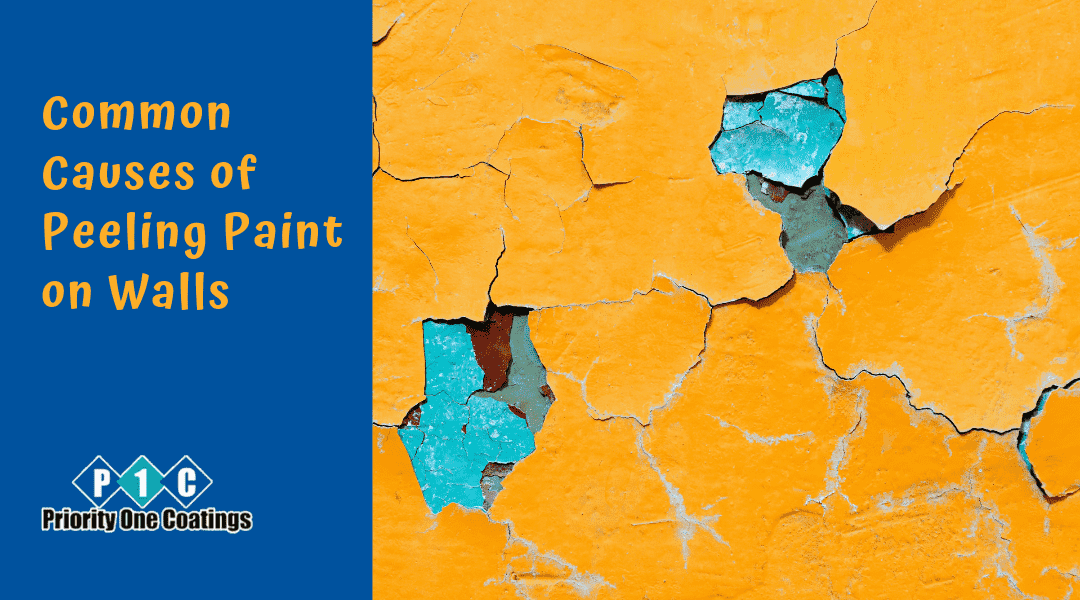Whether you’re a fan of the style or not, popcorn ceilings (or vermiculite ceilings) were once one of the most popular additions to newly built or decorated homes in the 1960s and 70s. Mainly used in hallways and bedrooms throughout the 1960s and 70s, this textured effect was made possible by spraying or applying paint to the ceilings in a particular manner.
However, due to the asbestos used within this finish, this texture is long out of style.
Suppose you find yourself in need of a popcorn/vermiculite ceiling removal or are noticing cracks or damage to your existing finish. In that case, you’ll need to call in a professional right away who can guide you through the process. Below, we’ve broken down the process into steps, offering up our design tips for retexturing once the ceiling has been removed.
Sample collection for asbestos testing
After contacting a professional for the safe and effective removal of your textured ceiling, their first point of action will be to conduct an asbestos testing. Here are some of the steps they will follow –
- They may ask you to turn off any air conditioners or fans to limit the spread of the fibres to other rooms. They may even section off a particular ceiling area to further prevent the fibres from spreading.
- Next, they’ll scrape off a sample of your roof; it will be about a teaspoon-sized amount of textured ceiling surface, along with an adequate depth of the material down to the sheetrock.
- Lastly, they’ll safely seal off the sample ready for testing!
Room preparation

Depending on the results of your asbestos test, you may be given the go-ahead to proceed with removing the popcorn/vermiculite ceiling without any hazards. If asbestos is found; for your safety and the safety of other occupants, it’s best to leave this step up to the professionals.
If you’re given the all-clear, you’ll want to start by removing all the furniture and appliances in the room to prepare for scraping and sanding. Next, cover all irremovable items like wall cabinets, light fixtures and piping with thick plastic drop sheets. You’ll also want to cover the walls and floors to prevent any damage during the wetting process. Use heavy-duty painting tape to cover any remaining light switches as well as the corners and edges of any door frames and windows.
Lastly, don’t forget to use the circuit breaker to cut off power to all the electrical elements and cover all the electrical outlets on the walls with extra plastic. This additional coverage will help to prevent trapped dust from causing a short circuit once the power is restored.
Important note:
If the popcorn/vermiculite ceiling was installed before 1980, get the ceiling tested for asbestos. In any case, if you’re not sure when the ceiling was installed, it is still better to contact a professional to confirm. Always remember to leave the removal and disposal of asbestos to certified painters in Sydney.
Make sure that you are using a face mask that is HEPA or otherwise at a proficient level to protect against the substance you are using. Unless you are fully trained in handling and disposal of the material, do not try to remove an asbestos ceiling. If you are not– hiring a professional is undoubtedly the best way to save time and hassle.
Besides, even though the process is pretty straightforward, it’s also a very tedious job.
Ceiling spraying and scraping

Spraying:
To easily remove the texture, you’ll need to soften the area by spraying warm water to break down the adhesive bonds in the finish. We’d recommend using a spray bottle and tackling the surface one area at a time. Once the area has been sprayed, let the water soak for approximately 15 minutes and repeat the process until the finish scraps off.
Caution: Be careful not to over-wet your finish, as the water can seep through and potentially damage the underlying drywall surface.
If spraying doesn’t help soften the texture, consider hiring an expert house painter in Sydney to help “dry scrape” the ceiling.
Scraping:
Once the popcorn/vermiculite ceiling texture is softened, start the scraping! Use a large, wide blade that can remove the texture all at once. Make long, steady motions to remove the textured effect without damaging the drywall. To scrape off the textures from ceiling corners and hard-to-get beam edges, make careful use of a small putty knife.
If the texture doesn’t come off with ease, consider waiting for 10-15 minutes and resuming the process around the entire room.
Process wrap-up with sanding & refinishing

Once all the popcorn/vermiculite texture is off of the ceiling, you’ll need to smooth and repair the surface to apply a new finish.
Repairing:
After the scraping is complete, repair any holes in the drywall using a joint compound. Once you affix the joint compound, let it dry for 24 hours before starting the sanding process.
Sanding:
Start the sanding process by using fine-grit sanding paper on a sanding pole—sand horizontally from one end of the room to another. Swirling your pole or using too much pressure can result in damage to the ceiling’s surface.
Refinishing:
Once you’re done with all the repair work and sanding, it’s time to move on to priming and painting!
Removing the popcorn/vermiculite ceiling is a long process that can be hazardous if you fail to take the proper precautions. In that case, getting in touch with a professional painting company is a great place to start. They will be able to offer expert advice as well as provide trusted professionals when it comes to asbestos removal.
All our painters are qualified tradesmen, so for any renovation job, get in touch with the team at Priority One Coatings. While more specialised work is required, we’d be happy to recommend one of our trusted trade associates to assist.

